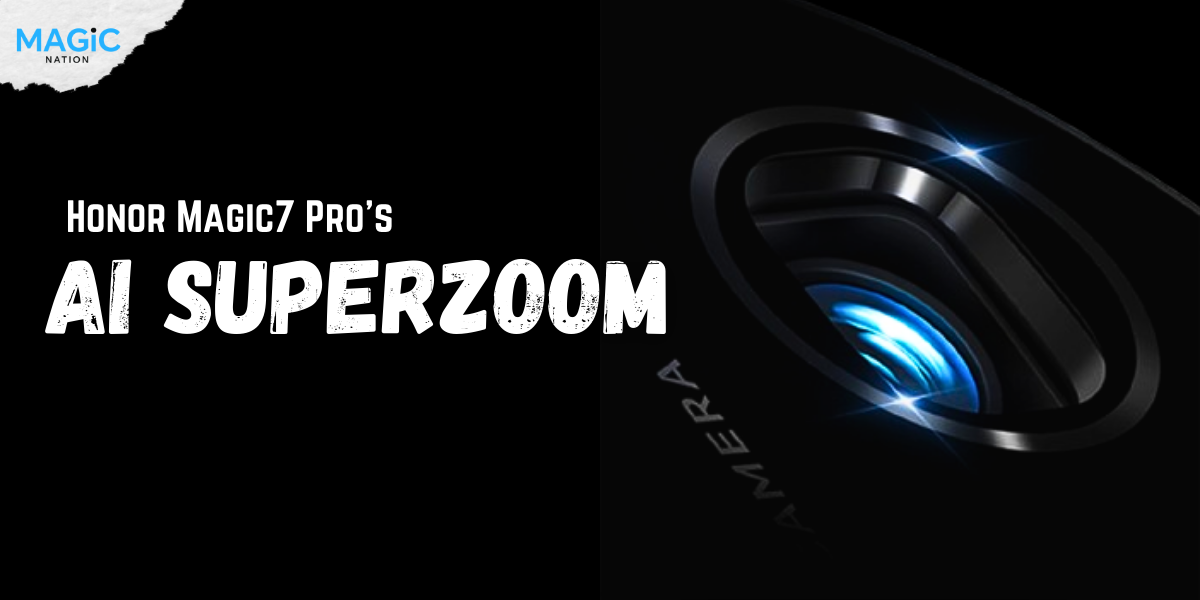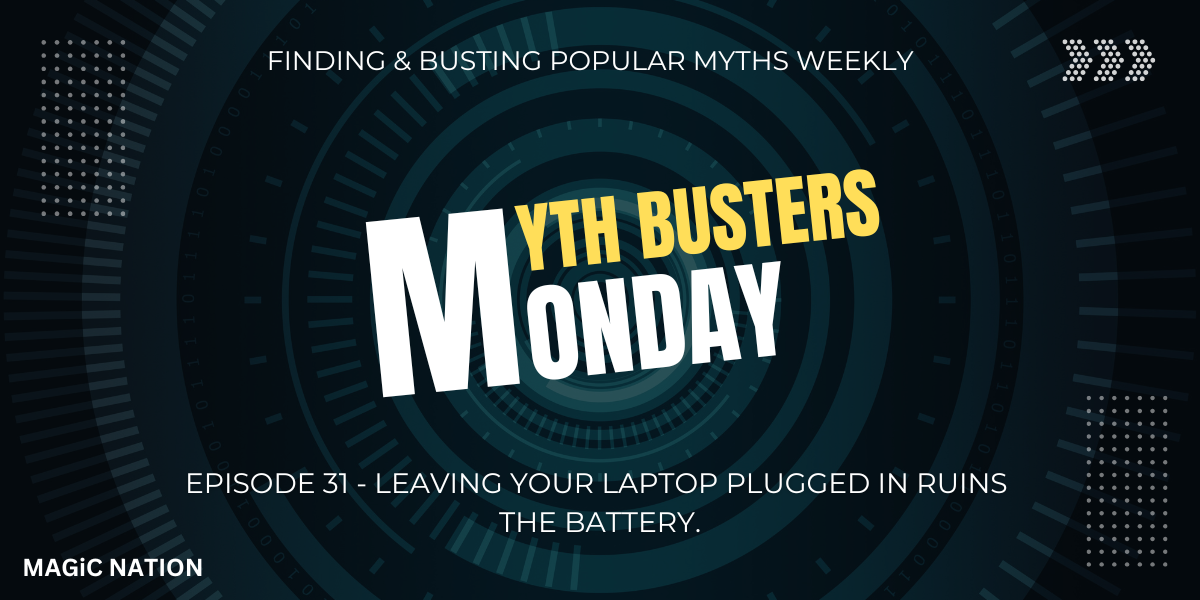
Hola Explorers,
Hope you all are doing well
The World’s First Web SiteDid you know ?

On August 6, 1991, without fanfare, British computer scientist Tim Berners-Lee published the first-ever website while working at CERN, the huge particle physics lab in Switzerland.Let's Start
Inspiration: The Web was originally conceived and developed to meet the demand for automated information-sharing between scientists in universities and institutes around the world.
The basic idea of the WWW was to merge the evolving technologies of computers, data networks and hypertext into a powerful and easy-to-use global information system.
From the beginning: Tim Berners-Lee wrote the first proposal for the World Wide Web in March 1989 and his second proposal in May 1990. Together with Belgian systems engineer Robert Cailliau, this was formalised as a management proposal in November 1990. This outlined the principal concepts, and it defined important terms behind the Web. The document described a "hypertext project" called "WorldWideWeb" in which a "web" of "hypertext documents" could be viewed by “browsers”.
By the end of 1990, Tim Berners-Lee had the first Web server and browser up and running at CERN, demonstrating his ideas. He developed the code for his Web server on a NeXT computer. To prevent it being accidentally switched off, the computer had a handwritten label in red ink: "This machine is a server. DO NOT POWER IT DOWN!!"

THIS COMPUTER WAS USED AT CERN BY BRITISH SCIENTIST TIM BERNERS-LEE TO DEVISE THE WORLD WIDE WEB (WWW).
info.cern.ch was the address of the world's first website and Web server, running on a NeXT computer at CERN. The first Web page address was http://info.cern.ch/hypertext/WWW/TheProject.htmlThe Internet expands: Only a few users had access to the NeXT computer platform on which the first browser ran, but development soon started on a simpler, ‘line-mode’ browser, which could run on any system. It was written by Nicola Pellow during her student work placement at CERN. In 1991, Berners-Lee released his WWW software. It included the ‘line-mode’ browser, Web server software and a library for developers. In March 1991, the software became available to colleagues using CERN computers. A few months later, in August 1991, he announced the WWW software on Internet newsgroups and interest in the project spread around the world.
Going global: On 30 April 1993, CERN made the source code of WorldWideWeb available on a royalty-free basis, making it free software. By late 1993, there were over 500 known web servers, and the WWW accounted for 1% of internet traffic, which seemed a lot in those days (the rest was remote access, e-mail and file transfer). 1994 was the “Year of the Web”. Initiated by Robert Cailliau, the First International World Wide Web conference was held at CERN in May. It was attended by 380 users and developers, and was hailed as the “Woodstock of the Web”.
Open standards: An essential point was that the web should remain an open standard for all to use, and that no-one should lock it up into a proprietary system. In this spirit, CERN submitted a proposal to the Commission of the European Union under the ESPRIT programme: “WebCore”. The goal of the project was to form an international consortium, in collaboration with the US Massachusetts Institute of Technology (MIT).
Stay connected and keep exploring for such interesting facts. We will get together soon
Adiós
Prateek Parashar















